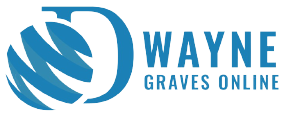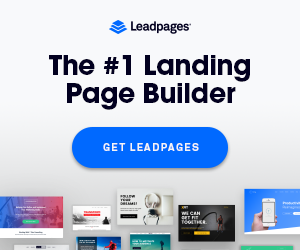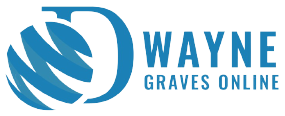Your landing page headline is the first thing visitors see. It decides whether they stay or leave in seconds. A weak headline loses potential customers fast.
A strong one grabs attention and boosts conversions. Writing a compelling headline isn’t just about being catchy. It needs to be clear, persuasive, and relevant to your audience.
The right words create curiosity and build trust instantly. You don’t need to be a copywriting expert to craft great headlines.
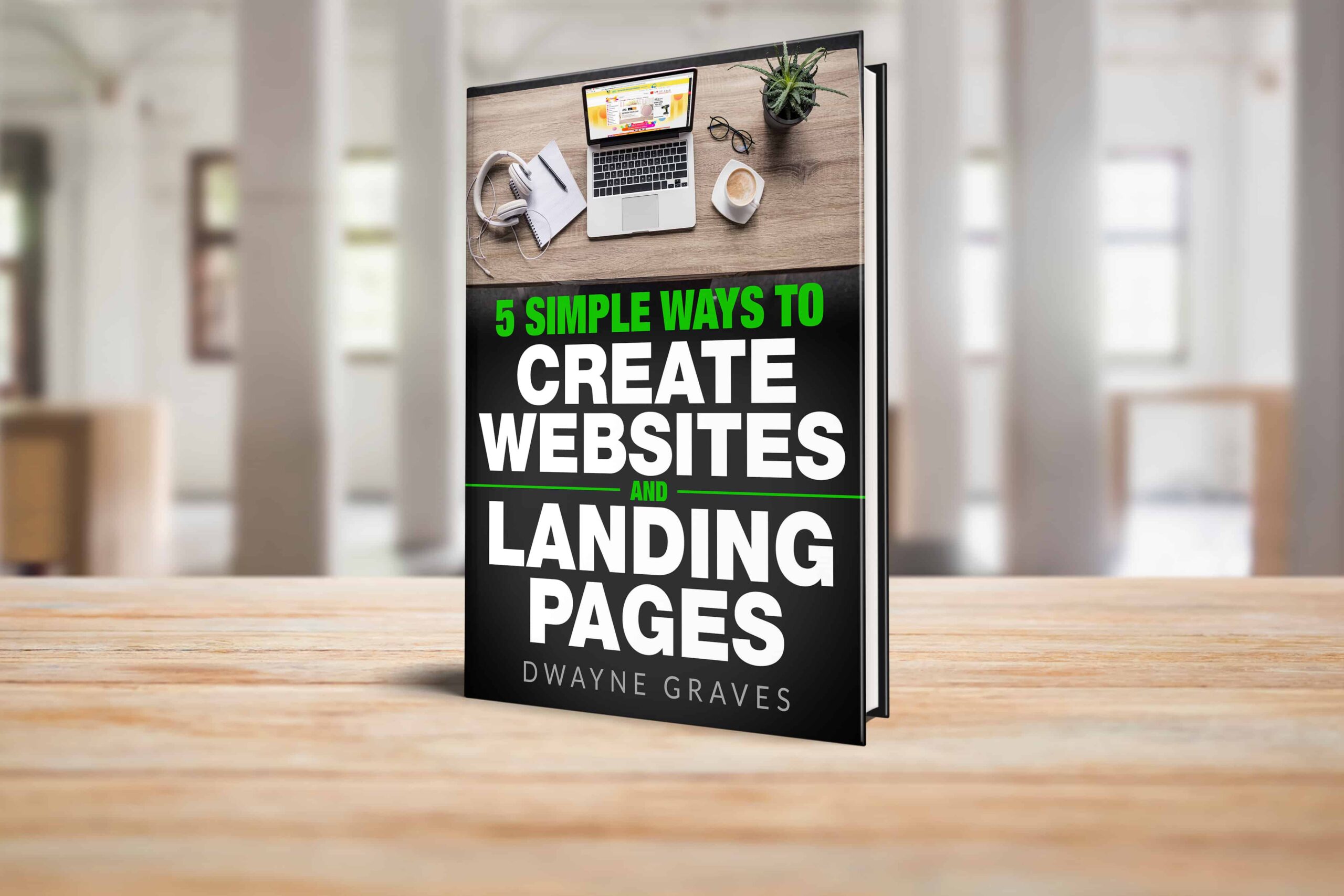
Download Your Free e-Book
5 Simple Ways to Create Website & Landing Pages
Affiliate Disclaimer: I earn commission (get paid) if you click on the links and purchase a product below. My earnings do not impact the price you pay.
Follow proven techniques to create headlines that drive action. In this guide, you’ll learn how to write powerful headlines that convert.
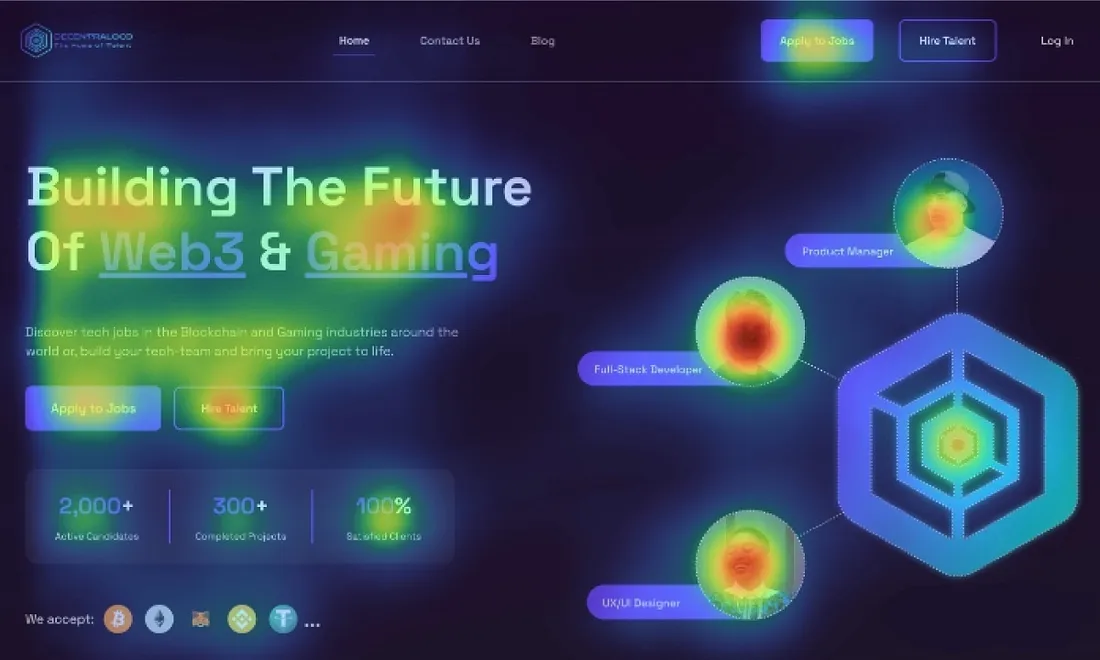
Why Your Headline is Important
As mentioned earlier, a headline is the first thing visitors notice on a page. It creates a first impression and decides if people stay or leave.
A weak headline can drive visitors away, no matter how great the content is. Think of your headline as the front door of a shop.
If it looks uninviting, people won’t enter. A strong landing page copy starts with a compelling headline that grabs attention instantly.
There’s a Golden Rule for great headlines: be clear, specific, and engaging. A well-crafted headline importance cannot be ignored; it makes or breaks audience engagement.
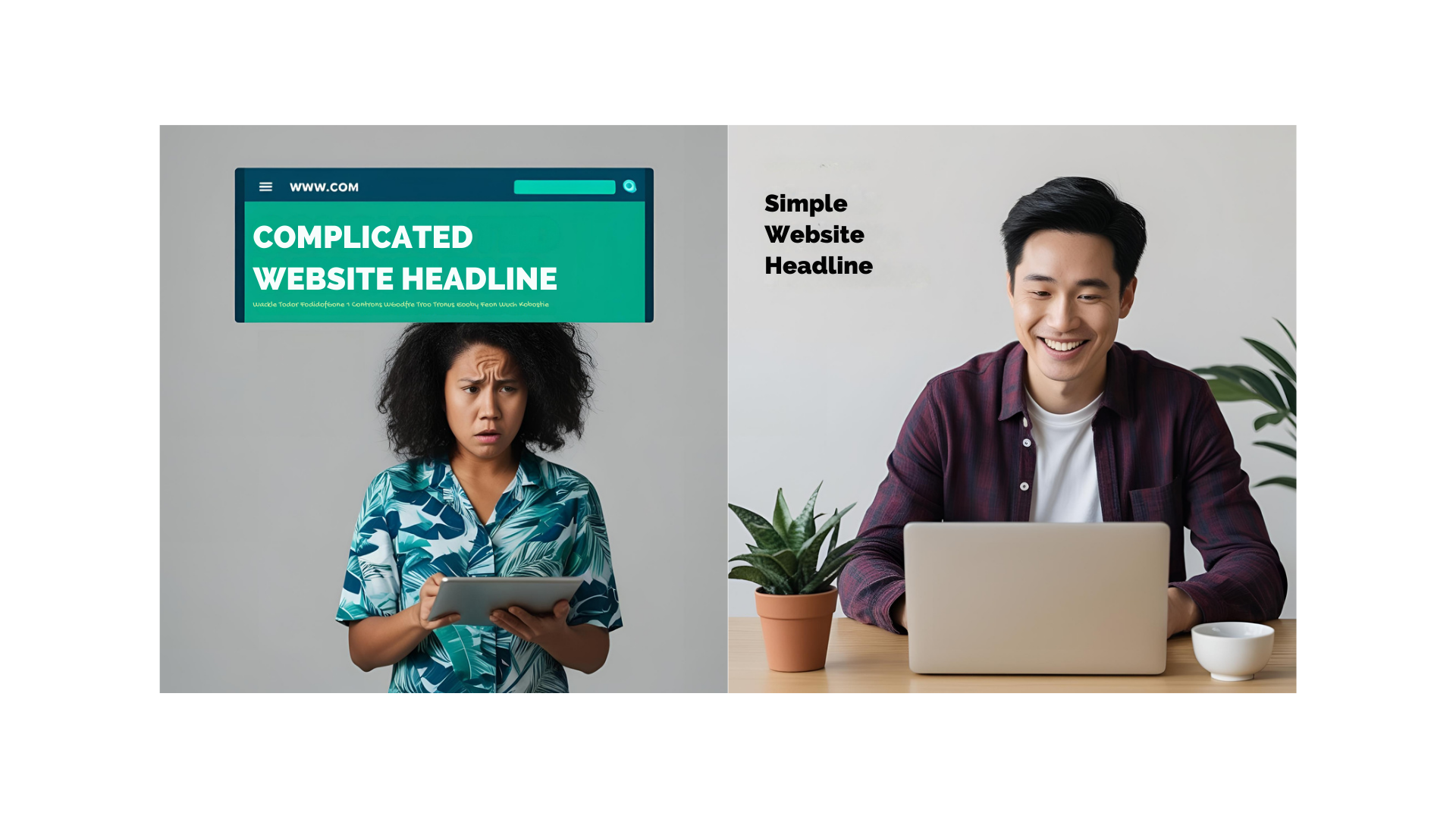
1. Keep It Simple and Clear
A great headline gets your message across instantly. Use simple headlines that are easy to understand. Avoid jargon or long phrases that confuse visitors.
Clear messaging ensures your audience knows what you offer right away. Short, direct headlines work best for grabbing attention.
People skim web pages quickly, so make your copy easy-to-read. If your headline is too complex, visitors may leave before exploring your page.
Your headline should highlight the main benefit of your product or service. Focus on what problem you solve or the value you provide.
If possible, make it engaging by adding urgency or curiosity. Test different variations to see which resonates most.
A strong, clear headline increases engagement, reduces bounce rates, and boosts conversions. Keep refining your headlines until they drive the best results.
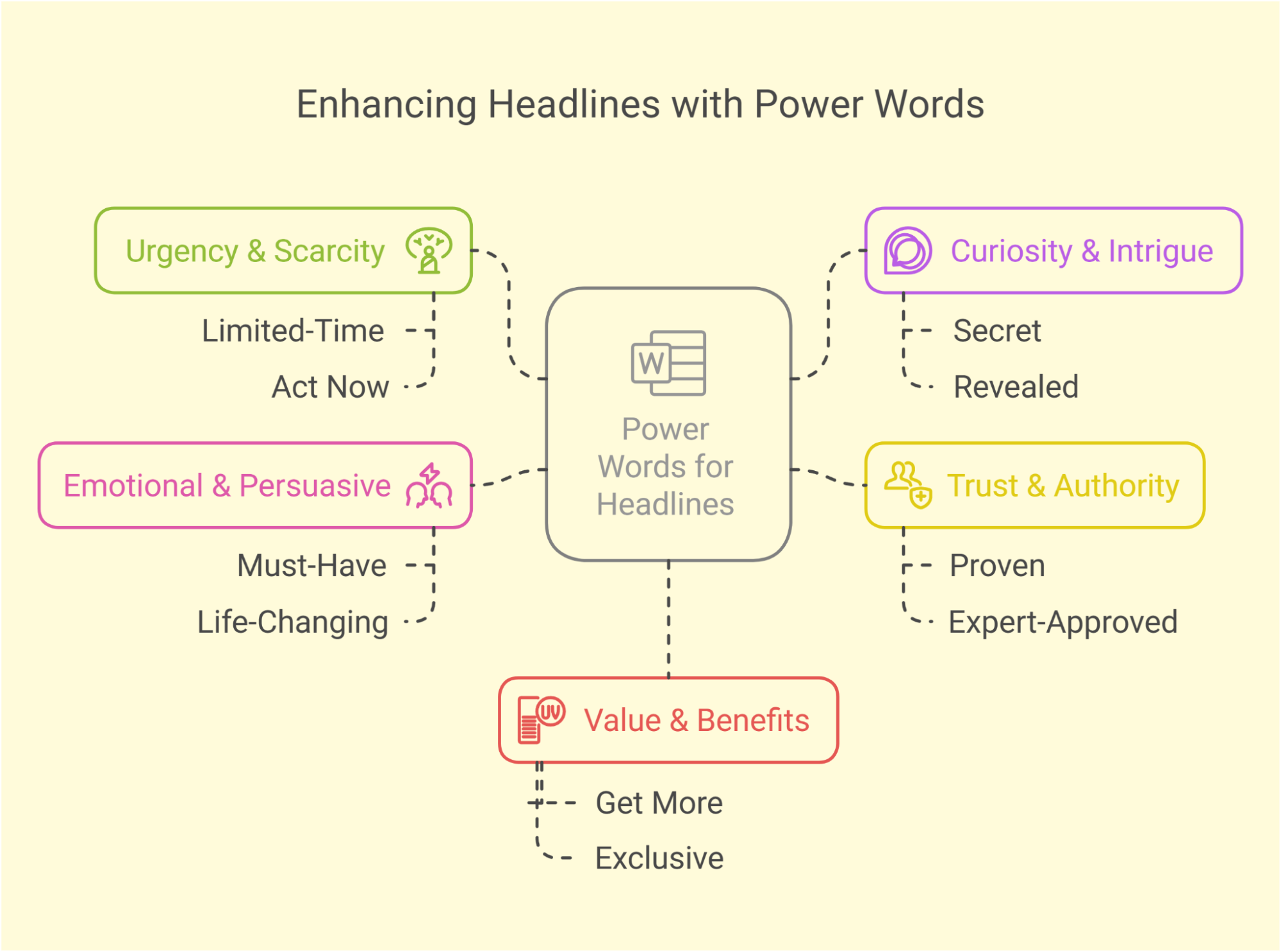
2. Use Words That Grab Attention
The right words can make your headline impossible to ignore. Power words like “free,” “secret,” “proven,” and “limited” trigger curiosity and excitement.
These words create an emotional impact, and make people want to learn more. Strong attention-grabbing headlines often use urgency or exclusivity.
For example, “Limited-Time Offer: Get 50% Off Today” feels more compelling than “Discount Available.”
The first one creates a sense of urgency, and pushes visitors to take action. Changing just one word can transform a dull headline into a powerful one.
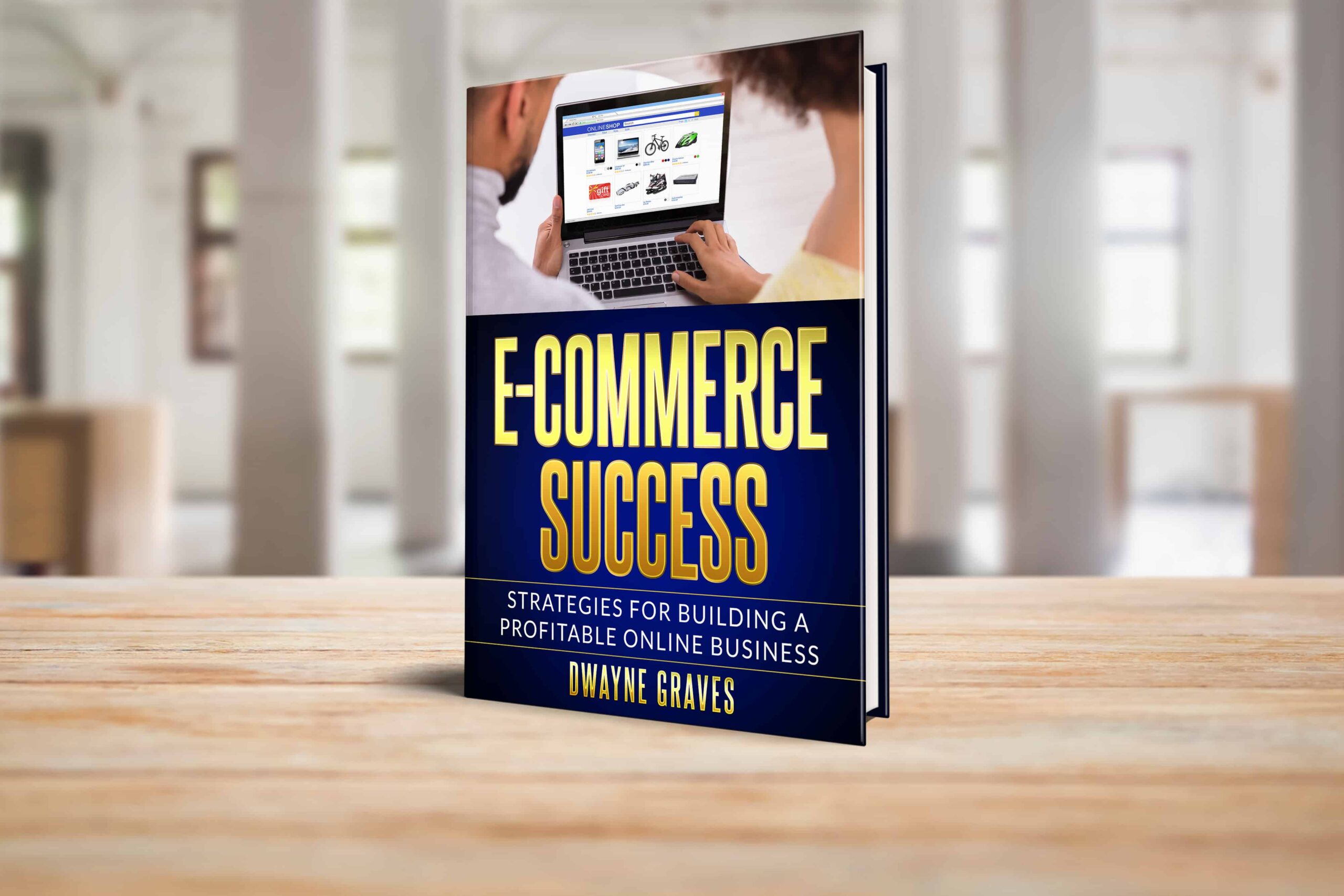
Compare “Learn Marketing Strategies” vs. “Discover Secret Marketing Strategies Used by Experts.” The second one makes readers feel they’re gaining exclusive insights.
Use power words wisely and test different variations. The goal is to connect with emotions, highlight value, and make visitors eager to engage. A great headline hooks attention instantly!
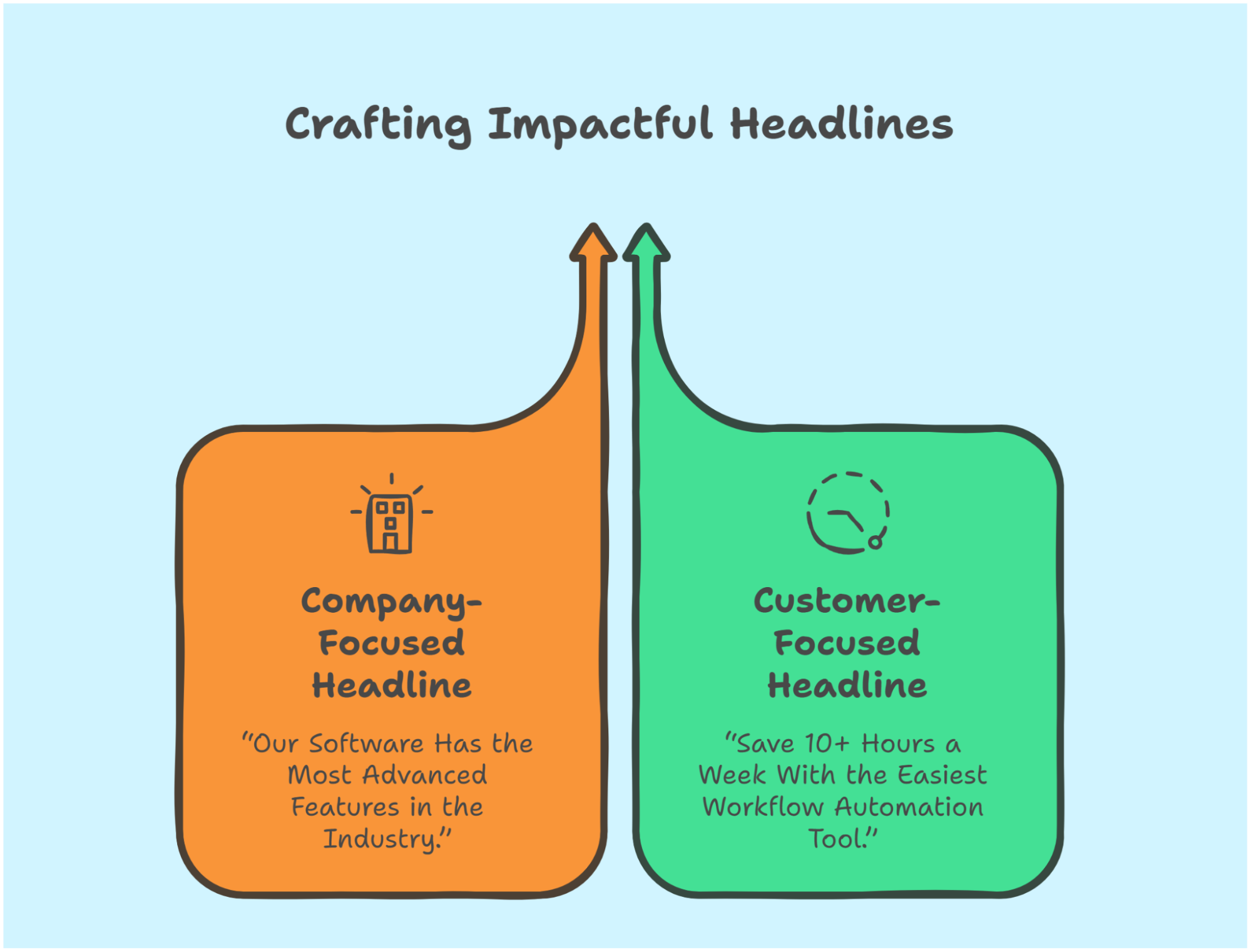
3. Make It for the Reader
Your audience doesn’t care about your company; they care about what’s in it for them. Customer-focused headlines speak directly to their needs and desires.
Instead of saying, “We Offer the Best Service,” say, “Get the Best Service for Your Home.” The second version feels personal and relevant.
Benefit-driven messaging highlights what the reader will gain. For example, “Boost Your Sales with Proven Strategies” is more engaging than “Our Strategies Help Businesses.”
It clearly shows the benefit and makes the reader interested. Engaging copy makes visitors feel like the headline is written just for them.
Use words like “you” and “your” to create a connection. Instead of “Our Software Saves Time,” try “Save Hours Every Week with Our Smart Software.”
Frame your message around the reader’s needs. The more personal and relevant your headline, the more likely they are to take action!

4. Keep It Short and Direct
People scan headlines quickly. Short headlines grab attention faster and are easier to remember.
Aim for 6–10 words to keep your message clear and impactful. Clear messaging means avoiding unnecessary words.
Instead of “Our Company Provides High-Quality Marketing Solutions for Small Businesses,” say “Marketing Solutions That Grow Your Small Business.”
The second one is direct and effective. Effective copy gets straight to the point. Don’t waste space with fluff.
For example, “Increase Your Sales in 7 Days” is better than “Our Services Can Help You Potentially Increase Sales Over Time.” Shorter headlines make a stronger impression.
Always trim extra words and focus on clarity. A concise headline is more powerful and keeps visitors engaged.
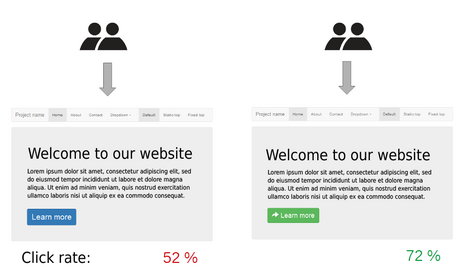
5. Try Different Headlines and See What Works
There’s no perfect headline that works for everyone. Headline testing helps you find what resonates with your audience.
Small changes, like swapping a word or adding a number, can improve conversion rates. For example, “Boost Your Sales” vs. “Boost Your Sales by 30%.”
Testing both can show which gets better engagement. A/B testing is key. Create two versions of your headline and see which one performs better.
This helps you understand what grabs attention and drives action. Try different styles: question-based, benefit-driven, or urgency-focused.
Headlines shape first impressions, so tweaking them can make a big difference. Always test, analyze, and refine for the best results.
6. Be Honest and Avoid Clickbait
Misleading headlines might get clicks, but they hurt your brand in the long run. Ethical marketing means being clear about what you’re offering.
If a headline overpromises and the content underdelivers, people feel deceived. Honest advertising builds credibility and keeps visitors engaged.
For example, don’t claim “Guaranteed 10X Sales Overnight” if that’s unrealistic. Instead, focus on building trust with real value.
A transparent, well-crafted headline attracts the right audience and improves long-term customer relationships.

Conclusion
Writing better headlines takes practice, but the effort pays off. Simple headlines with clear messaging grab attention fast.
Power words and customer-focused headlines make them more engaging. Keep headlines short. It will help people understand them instantly.
Test different versions to see what works best. Headline tips like A/B testing help improve conversions over time.
Avoid misleading promises that damage trust. Honest advertising keeps visitors engaged and builds long-term credibility. The right headline makes a big difference in landing page success.
Try different styles, tweak words, and see what gets results. Writing better headlines isn’t about luck. It’s about learning what connects with your audience.
